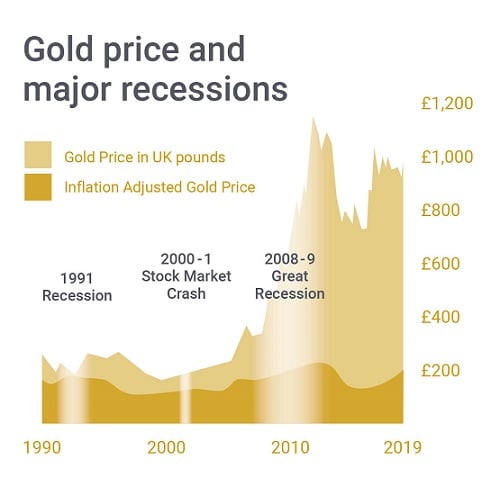Hold onto your hats, folks! ST Dragon (300029) is now officially ST Dragon, and this isn’t just a name change – it’s a flashing red signal. The company’s 2024 audited results reveal a negative net asset value, triggering an immediate delisting risk alert.
Let’s break it down. Negative net assets mean the company owes more than it owns—a deeply concerning sign of financial distress. This isn’t a one-time blip, either. ST Dragon has been reporting losses for the past three years, even when excluding one-off gains.
To add insult to injury, their auditors, Zhongxinghua, have issued a report raising serious doubts about the company’s ability to continue operating as a going concern. That’s accounting speak for “we’re not sure they’ll survive!”
Trading was briefly halted, but the stock will reopen on April 22nd… with the new ST Dragon moniker. Don’t let the ‘reopening’ lull you into a false sense of security. The trading limit will still be capped at 20%, but that won’t cushion the blow if fundamentals don’t improve.
Understanding Delisting Risk Alerts (and what they mean for you):
Delisting risk alerts are issued when a company faces significant financial difficulties that could lead to its removal from the stock exchange. They are designed to warn investors of the heightened risk and potential for substantial losses.
These alerts are often triggered by negative net assets, consistent losses, or concerns about a company’s ability to continue operating. It’s a bumpy ride from here on out.
Understanding these alerts is pivotal when assessing investment risks. Investors should carefully scrutinize the company’s financial statements and future prospects before making any decisions. It’s a cold, hard lesson in due diligence!
Historically, companies receiving these alerts often experience sharp price declines. Protect yourself and understand the gravity of this situation. ST Dragon is a cautionary tale for all investors – don’t get caught holding the bag.






